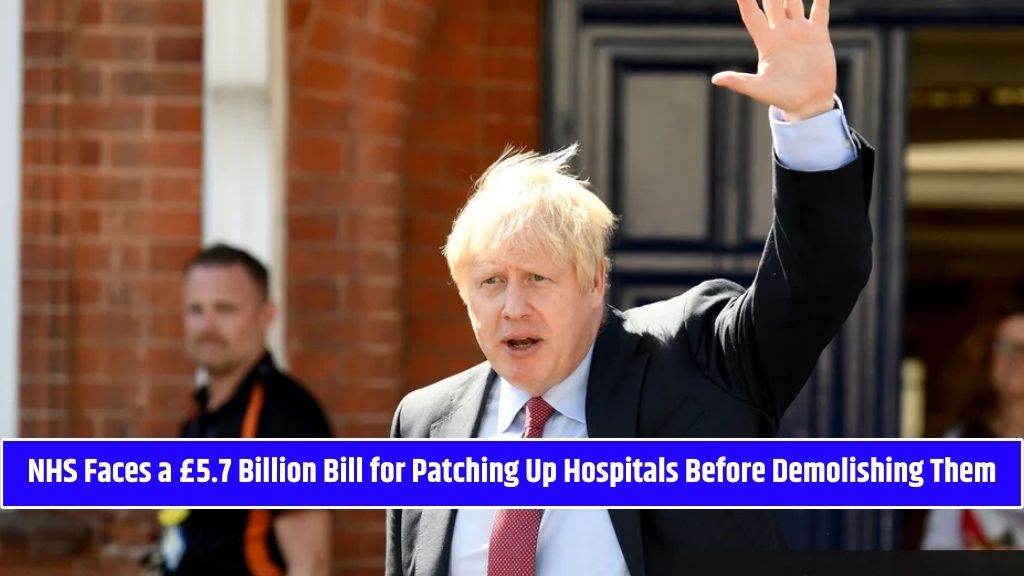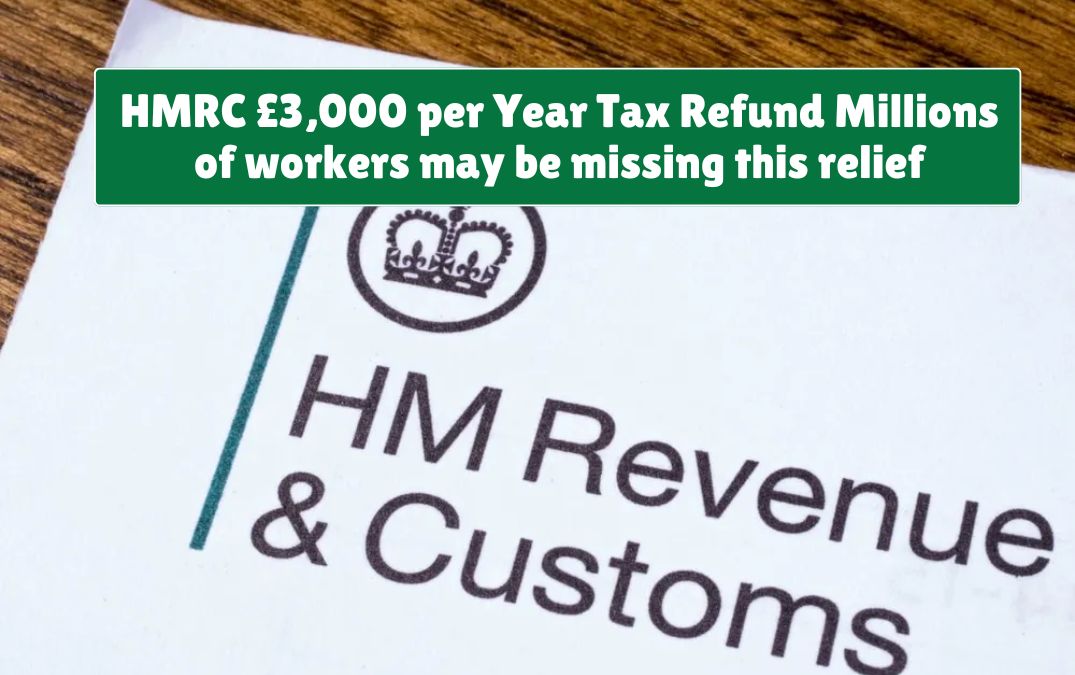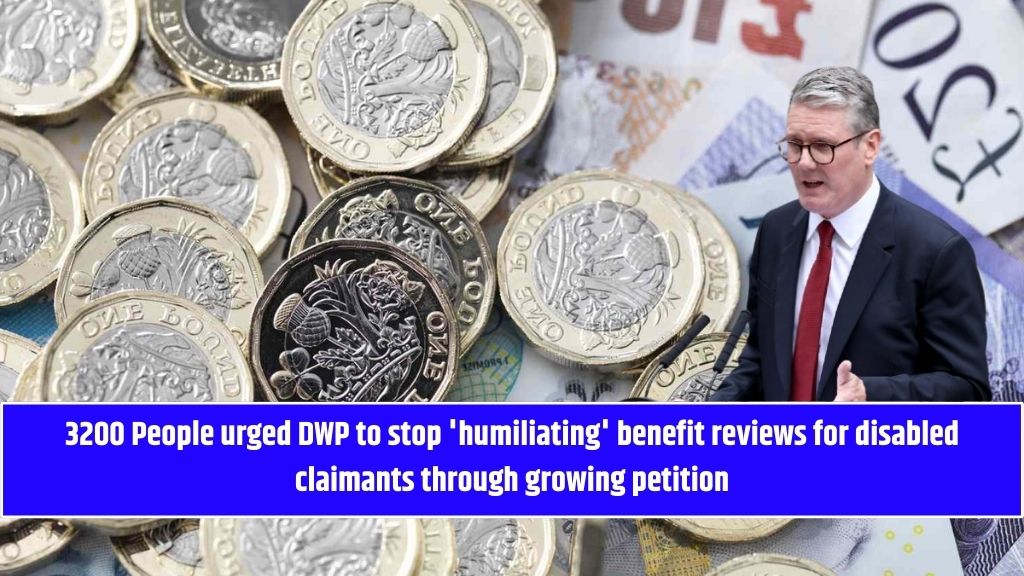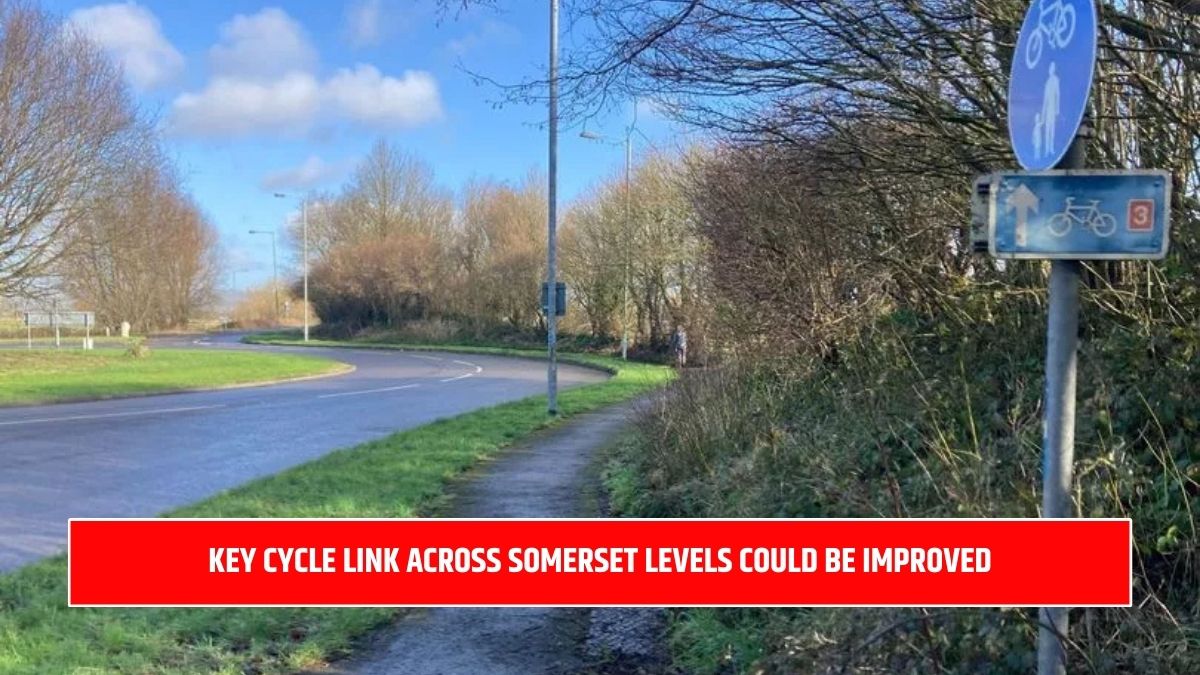The cost of repairing 18 crumbling hospitals in England is set to skyrocket to £5.7bn due to delays in the government’s hospital rebuilding programme. These hospitals were part of the 40 new facilities promised by former Prime Minister Boris Johnson in 2019, all of which were initially scheduled for completion by 2030. However, new analysis shows that reconstruction for nearly half of these hospitals will not even begin until after 2030, causing concern about safety and financial waste.
Rising Repair Costs: From £2.1bn to £5.7bn
According to projections from the Liberal Democrats, the cost of addressing maintenance backlogs at these 18 hospitals has been rising by an average of 10.45% each year. In 2019, the estimated repair bill stood at £2.1bn. If this trend continues, it is expected to reach £5.7bn by the time construction starts in the 2030s.
For instance, the repair costs for seven of these hospitals, where work is delayed until 2037, could more than triple from £722m to £2.38bn. These hospitals include:
- Nottingham’s two acute hospitals
- Royal Berkshire Hospital in Reading
- Hospitals in Bexhill and Hastings, East Sussex
Hospitals in Critical Condition
NHS trust leaders have raised alarms about the deteriorating condition of some hospitals, warning that certain buildings might collapse before reconstruction begins. St Mary’s Hospital in London is one of the most concerning cases, with infrastructure issues so severe that some parts of the facility are deemed dangerous.
The NHS Confederation previously described the state of some hospital buildings as “outright dangerous” for both staff and patients.
Case Study: Torbay Hospital in Devon
Torbay Hospital, the third-oldest hospital in the NHS, has faced numerous infrastructure problems, including:
- Sewage leaks into wards
- Water leaks damaging facilities
- Dislodged concrete causing safety hazards
Despite plans for demolition and reconstruction, the hospital spends £1m annually just to maintain the deteriorating buildings.
Government’s Revised Timeline Sparks Criticism
In response to financial pressures, Health Secretary Wes Streeting recently announced a revised timeline for the hospital rebuilding programme. The new plan spreads the costs over a more extended period, pushing several projects well beyond the original 2030 deadline.
However, this decision has drawn criticism from NHS leaders, politicians, and the public. Siva Anandaciva, head of policy at the King’s Fund, warned that delaying construction could lead to higher costs in the long run. “This may well end up being a false economy as millions of pounds of taxpayer funding will be needed to maintain – rather than replace – these sub-standard buildings,” he said.
Political Reactions: Lib Dems Call It a “Disgrace”
Helen Morgan, the health and social care spokesperson for the Liberal Democrats, slammed the government’s approach, calling it a betrayal of public trust.
“Communities are being forced to put up with ramshackle hospital buildings, utterly unfit for purpose, for years longer than they were promised. It is a complete disgrace,” she said. Morgan accused the government of knowingly making promises it could not fulfill, leaving the NHS in a state of managed decline.
Government Defends Strategy
A spokesperson for the Department of Health and Social Care defended the revised timeline, pointing out the longstanding neglect of NHS infrastructure.
“This government inherited a broken NHS,” the spokesperson said, adding that the New Hospital Programme initially had unrealistic goals and insufficient funding.
The government claims it is now providing the highest level of capital investment in over a decade, with £13.6bn allocated for NHS infrastructure in the upcoming year. This funding includes addressing critical maintenance issues, such as the removal of unsafe Reinforced Autoclaved Aerated Concrete (RAAC) in hospitals across the country.
The Political Debate Over NHS Investment
The government also criticized the Liberal Democrats, asserting that their health and care funding proposals were £17bn lower than the government’s current investments. “The truth is, if their plans were being implemented, they would be building fewer hospitals, not more,” the spokesperson argued.
The escalating costs of hospital repairs and delays in the rebuilding programme highlight the ongoing challenges in maintaining and modernizing NHS infrastructure. While the government aims to balance financial constraints with long-term investments, healthcare leaders stress the urgent need for safer, more reliable facilities to protect patients and staff.
As construction is pushed further into the future, the NHS faces the dual burden of rising repair costs and growing concerns about patient safety. The next few years will be critical in determining whether the government’s revised strategy can deliver on its promises while safeguarding the healthcare system’s foundations.
| Visit for More News and Updates | WSOA NEWS |














